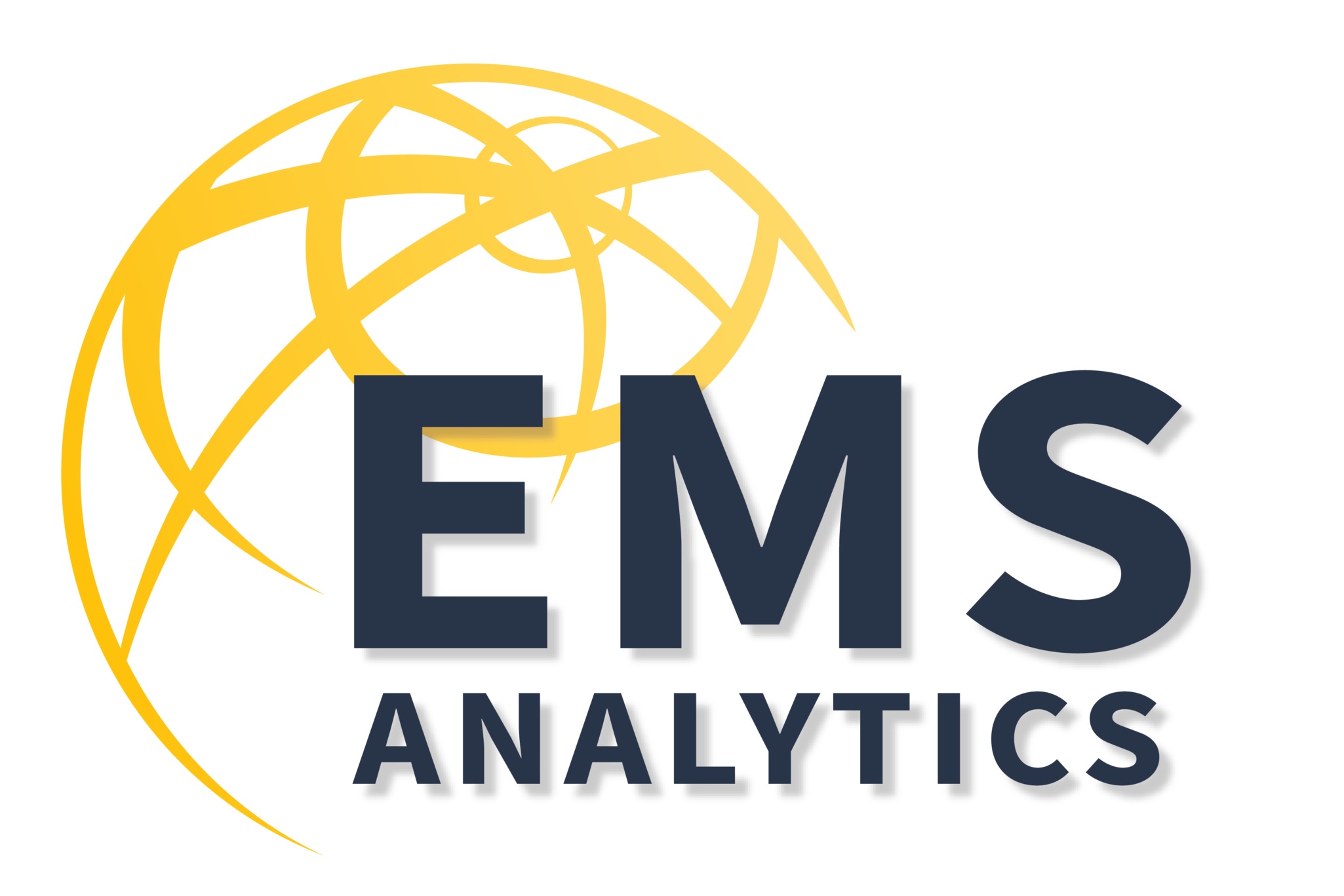Market Researchers Should Try to be More Like Galileo
If you have this feeling that there’s a better way to set up your research, think about how you might try this out: treat each study like it’s scientific inquiry. This shouldn’t be hard; market research is supposed to be scientific inquiry. It’s a perfect fit. However, after 20 years in the business, I’ve come to the obvious, in hindsight, conclusion that too much research is done “just because” with no direction.
Some Frameworks for Inspiration
The proposed approach is inspired by classic scientific method and the CRISP-DM framework used in machine learning:
Cross Industry Standard Process for Data Mining, commonly known by its acronym CRISP-DM



